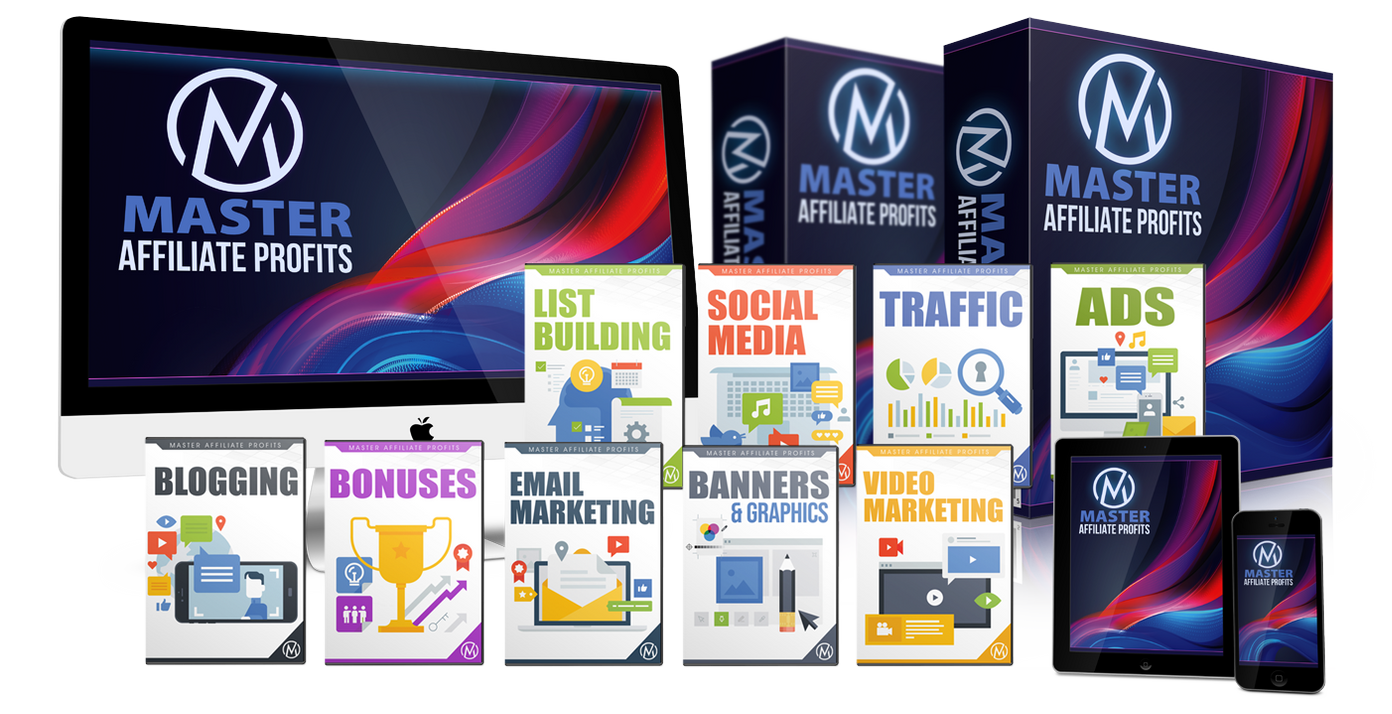Maximizing Affiliate Success: Email Segmentation Strategies
By Duncan Whitmore
Throughout the world of affiliate marketing, email campaigns are at the forefront of reaching potential customers and driving conversions.
Email segmentation, an advanced strategy within email marketing, allows marketers to tailor their messages to specific segments of their audience, leading to higher engagement and, ultimately, more successful affiliate campaigns.
In this article, we will explore the ins and outs of how to use email segmentation in affiliate marketing to maximize your results.
Understanding Email Segmentation
Email segmentation involves dividing your email list into different segments based on various criteria, such as demographics, behavior, interests, or engagement levels.
By doing so, you can send targeted and personalized messages to each segment, increasing the likelihood of recipients engaging with your content and taking desired actions.
Benefits of Email Segmentation in Affiliate Marketing
Segmenting your email list in affiliate marketing can yield numerous benefits, including:
1. Improved Relevance: Segmented emails are more relevant to recipients than generic emails, as they cater to their specific interests and needs.
2. Higher Engagement: By sending targeted messages, you are more likely to capture the attention of your audience and encourage them to interact with your content.
3. Increased Conversions: When emails resonate with recipients, they are more likely to take the desired action, whether it's clicking on an affiliate link, making a purchase, or signing up for a service.
Segmentation Strategies
1. Demographic Segmentation: Grouping subscribers based on demographic data like age, location, gender, or income level can help you tailor your messages to resonate with each segment.
2. Behavioral Segmentation: Analyzing how subscribers interact with your emails can allow you to categorize them based on their behavior, such as frequent openers, clickers, or inactive subscribers.
3. Interest-Based Segmentation: Understanding the interests and preferences of your audience can help you create targeted content that speaks to their specific needs.
Best Practices for Email Segmentation
1. Collect Relevant Data: Ensure you collect and store the necessary data to effectively segment your email list. This might include preferences, purchase history, or engagement metrics.
2. Create Engaging Content: Tailor your content to each segment to make it more appealing and relevant to recipients.
3. Test and Optimize: Continuously test different segmentation strategies to identify what works best for your audience and optimize your campaigns accordingly.
Example: Using Email Segmentation in the Beauty Niche
Imagine you are an affiliate marketer promoting a range of beauty products.
By segmenting your email list based on previous purchases, you can tailor your campaigns to promote complementary products or special offers to individual segments.
For instance, customers who have bought skincare products might receive emails about skincare routines, while makeup enthusiasts could receive promotions on the latest makeup trends.
Conclusion
Email segmentation is a powerful tool in affiliate marketing that allows you to deliver personalized messages to specific segments of your audience. By leveraging segmentation strategies effectively, you can improve relevance, increase engagement, and boost conversions in your affiliate marketing campaigns.
Remember, targeted emails are not just about promoting products; they're about building relationships and connecting with your audience on a deeper level.
Email segmentation in affiliate marketing is the key to unlocking that connection and driving success in your campaigns.
* * * * *





7 replies to "Maximizing Affiliate Success: Email Segmentation Strategies"
[…] machine learning algorithms, marketers can segment their audience based on behaviors, preferences, and demographics. This level of granularity means that promotional […]
[…] a Strong Email List: Offer valuable content upgrades in exchange for emails to build your list. Create segmented lists to target specific […]
[…] all subscribers are the same. By segmenting your audience based on behavior, preferences, or demographic data, you can craft more targeted and relevant email […]
[…] size does not fit all when it comes to email marketing. Segmentation involves dividing your email list into specific groups based on factors like demographics, purchase […]
[…] you’ve captured emails, segment your list based on different criteria like behavior, demography, or purchase history. Tailor your content to […]
[…] your market research data in hand, it’s time to segment your audience into distinct […]
[…] Audience segmentation is key to successful email marketing, and it plays a crucial role in A/B testing as well. […]